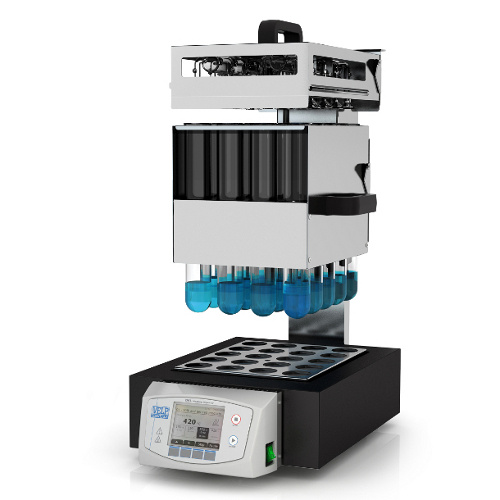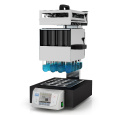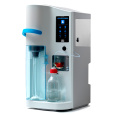方案详情
文
按照AOAC和国标方法进行测定;全自动消解加上全自动蒸馏和滴定系统,减少人工操作,结果准确,重复性高。
方案详情

APPLICATION NOTEF&F-K-002-2016/A1 N/PROTEIN DETERMINATION IN PASTAKJELDAHL METHOD N/Protein Determination in Pastaaccording to the Kjeldahl method Reference: AOAC 930.25 Protein in Macaroni Products Tested with VELP Scientifica DKL 20 Automatic Kjeldahl Digestion Unit (Code S30100210) andUDK 169 Automatic Kjeldahl Analyzer with AutoKjel Autosampler (Code S30200160) Introduction Pasta is a staple food of traditional Italian cuisine, with the first reference dating to 1154 in Sicily. Typically, it is madefrom an unleavened dough of a durum wheat flour mixed with water and formed into sheets or various shapes, thencooked and served in any number of dishes. Pastas may be divided into two broad categories, dried (pasta secca) andfresh (pasta fresca). The amount of protein in pasta depends on the type of flour used to manufacture it. If it is made from durum wheat, thepasta contains protein and gluten. Pasta is considered a good source of nutrition for vegetarians because it containsprotein comprising six of the nine essential amino acids. Protein Determination in Pasta according to the Kjeldahl Method Thanks to the high level of precision and reproducibility and to its simple application, Kjeldahl is nowadays the mostused method for determining nitrogen and protein contents in the food and feed industry. It also has several otherapplications in environmental control (phenols and nitrogen in water, sludge, soil and lubricants) and in the chemical andpharmaceutical industry according to official AOAC, EPA, DIN e ISO procedures. The modern Kjeldahl method consists in a procedure of catalytically supported mineralization of organic material in aboiling mixture of sulfuric acid and sulfate salt at digestion temperature higher than 400 °C. During the process, theorganically bonded nitrogen is converted into ammonium sulfate. Alkalizing the digested solution liberates ammonia,which is quantitatively steam distilled and determined by titration. Sample Dry Pasta“Anellini” Expected Protein Value: 11 % Sample Digestion Weigh about 1 g of grinded sample into a nitrogen-free weighing boat (code CM0486000) and place it into a 250 ml testtube. For each sample, add in the test tube: 2 catalyst tablet VCM (code A00000274;3.5 gK2SO4, 0.1 g CuSO4 x5H2O) ● 12 ml concentrate sulphuric acid (96-98%) Prepare some blanks with all chemicals and without the sample. Connect the Digestion Unit to a proper Aspiration Pump (JP code F30620198) and a Fume Neutralization System(SMS Scrubber code F307C0199) to neutralize the acid fumes created during the digestion phase.Digest the samples for 60 minutes at 420 °℃, according to the method"wheat spaghetti and macaroni, egg pasta"(n°19 on DKL 20). Distillation and Titration Let the test tubes cool down to 50-60 °C. Condition the UDK 169 with AutoKjel Autosampler unit by performing the Automatic Check-up and Wash-down in theMenu-System. Distill the samples according to the following parameters (pre-defined method n°19): ● H2O (dilution water): 50 ml NaOH (32%): 50 ml H3BO3 (4 % with indicators): 30 ml ● H2SO4 (0.1 N) as titrant solution FProtein factor: 5.70 Distillation & Titration analysis time: from 4 minutes for one test. Typical Results on Pasta The results are automatically calculated by UDK 169 as percentage of nitrogen and percentage of protein. Sample Sample quantity (g) Nitrogen% Protein% Dry Pasta“Anellini” 1.002 1.954 11.140 0.993 1.929 10.994 1.005 1.952 11.124 1.002 1.961 11.179 1.002 1.976 11.264 0.996 1.97 11.231 Average ± SD% 1.957±0.017 11.155±0.095 RSD% * 0.844 0.853 Protein Factor: 5.70 *RSD%=(Standard Deviation * 100) / Average The complete procedure was verified by using 5 ml of glycine standard solution (3%) containing 28 mg of nitrogen asreference substance. The obtained recovery falls into the expected range: between 98 % and 102 %. Conclusions The obtained results are reliable and reproducible in accordance with the expected values: all data fulfill the expectedrange. Benefits of Kjeldahl method by using DKL 20 and UDK 169 with AutoKjel Autosampler are: High level of precision and reproducibility Maximum productivity and full automation ● Worldwide official method Reliable and easy method ● Time saving Moderate running costs Copyright C VELP Scientifica. All rights reserved.No part of this publication may be reproduced or transmitted in any form or for any purpose without the express permission of VELP.VELP Scientifica, Italy Tel: + Fax: + www.velp.com 利用VELP UDK 169 全自动凯氏定氮仪分析意大利面中蛋白质含量测定面食是传统意大利美食的主食,最早的参考文献可追溯至1154年在西西里岛。 通常,它是由杜勒姆小麦粉的未经发酵的面团与水混合制成片状或各种形状,然后煮熟并用于任何菜肴。 面食可分为两大类,干的(意大利面)和新鲜的(意大利面)。面食中蛋白质的量取决于用于制造面食的面粉的类型。 如果它是用硬质小麦制成的,则面食包含蛋白质和面筋。 意大利面食被认为是素食者的良好营养来源,因为它所含的蛋白质包含九种必需氨基酸中的六种。
确定
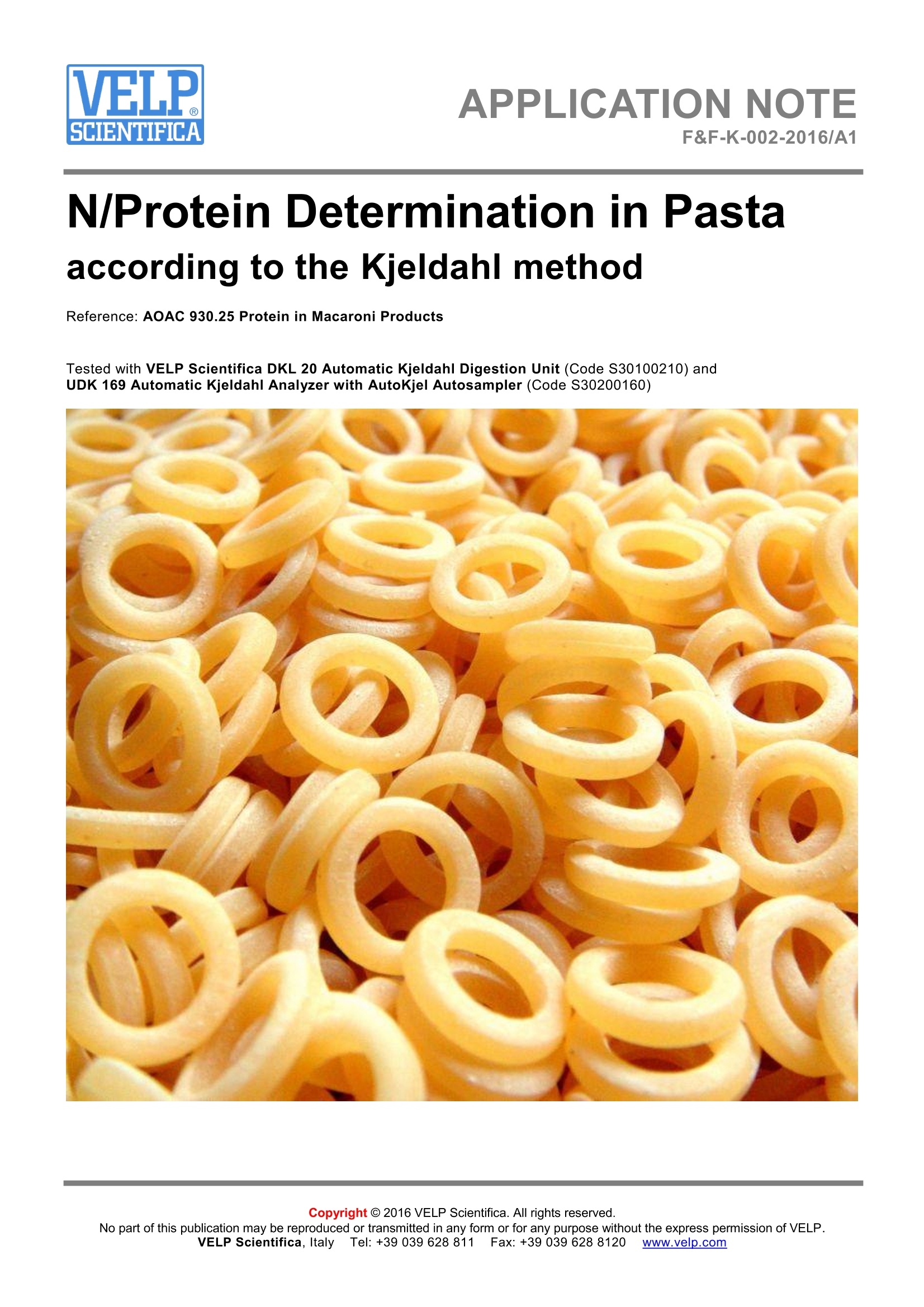
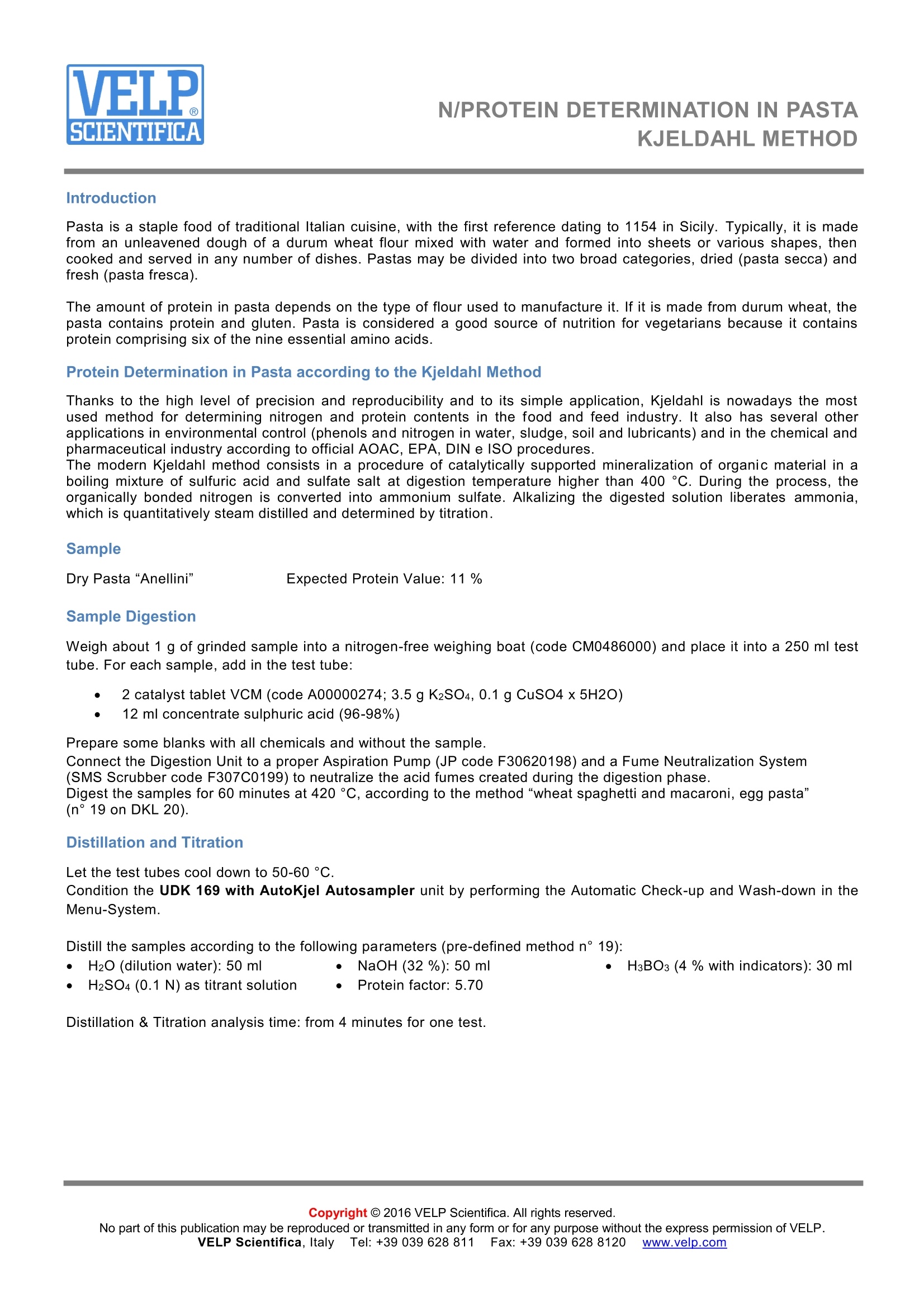
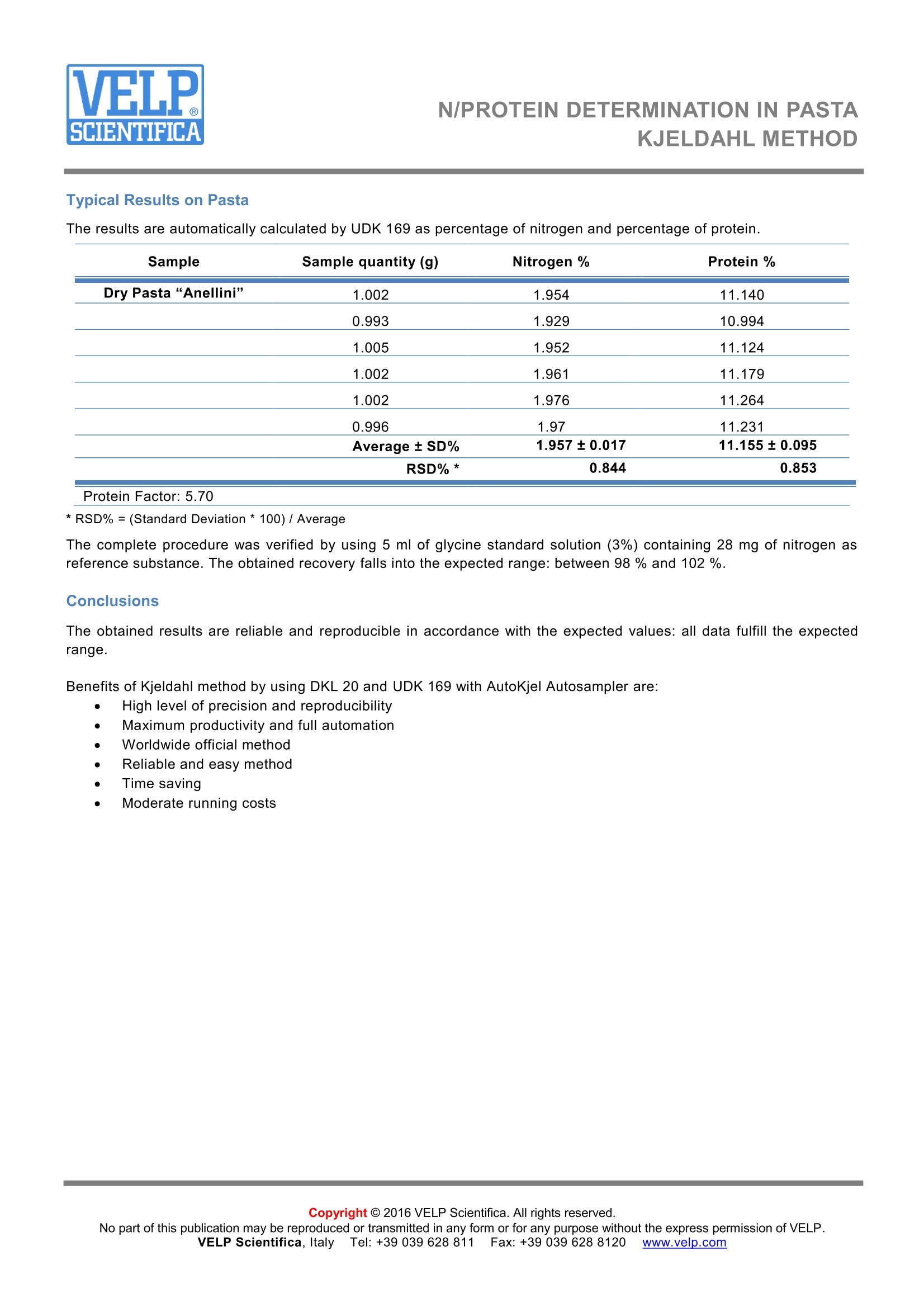
还剩1页未读,是否继续阅读?
意大利VELP公司为您提供《面制品中蛋白质检测方案(电热消解仪)》,该方案主要用于其他粮食加工品中营养成分检测,参考标准--,《面制品中蛋白质检测方案(电热消解仪)》用到的仪器有VELP DKL 20 全自动消化炉、VELP唯意朴仪器 高通量全自动凯氏定氮仪UDK 169
相关方案
更多
该厂商其他方案
更多

